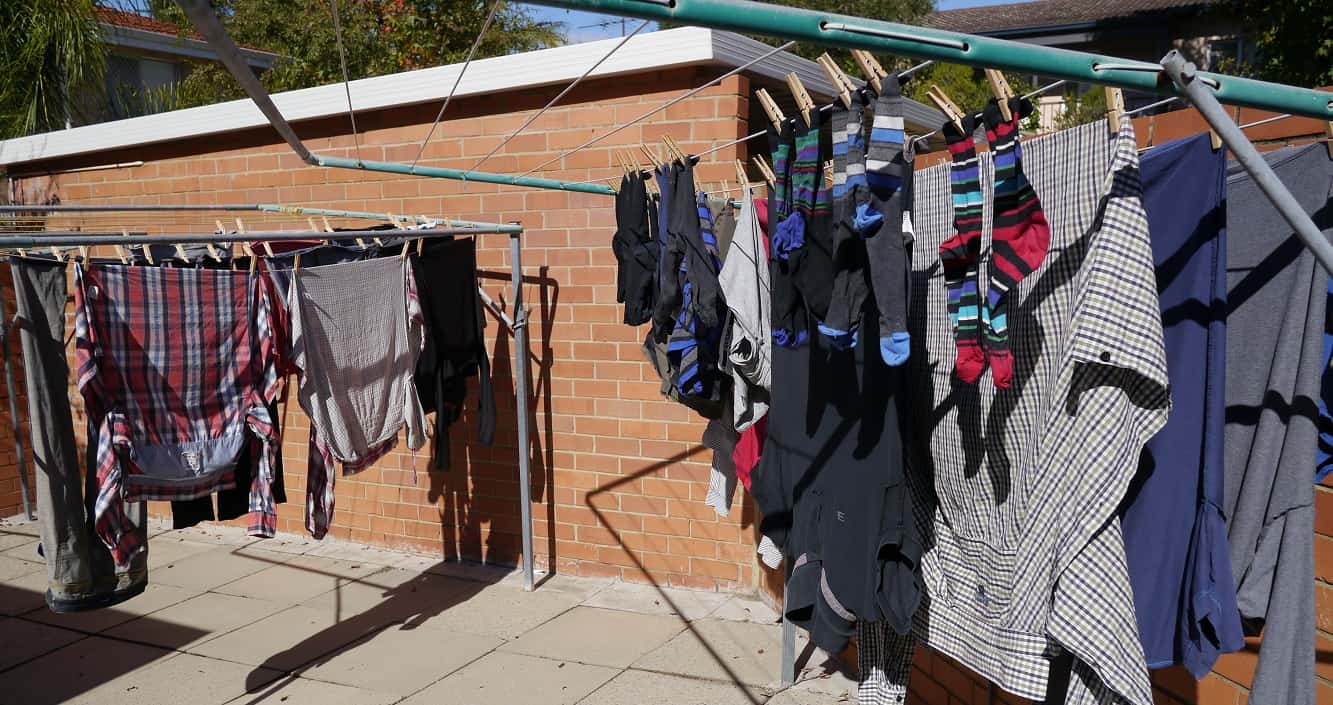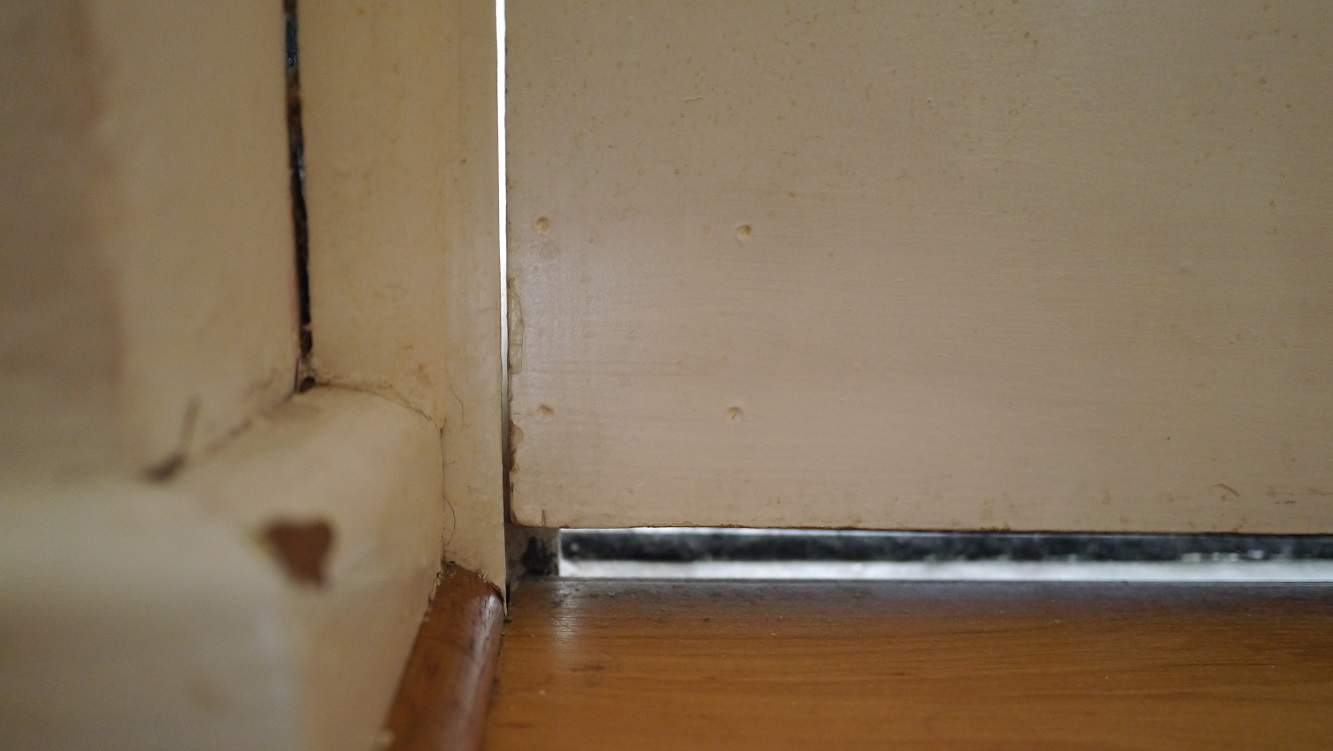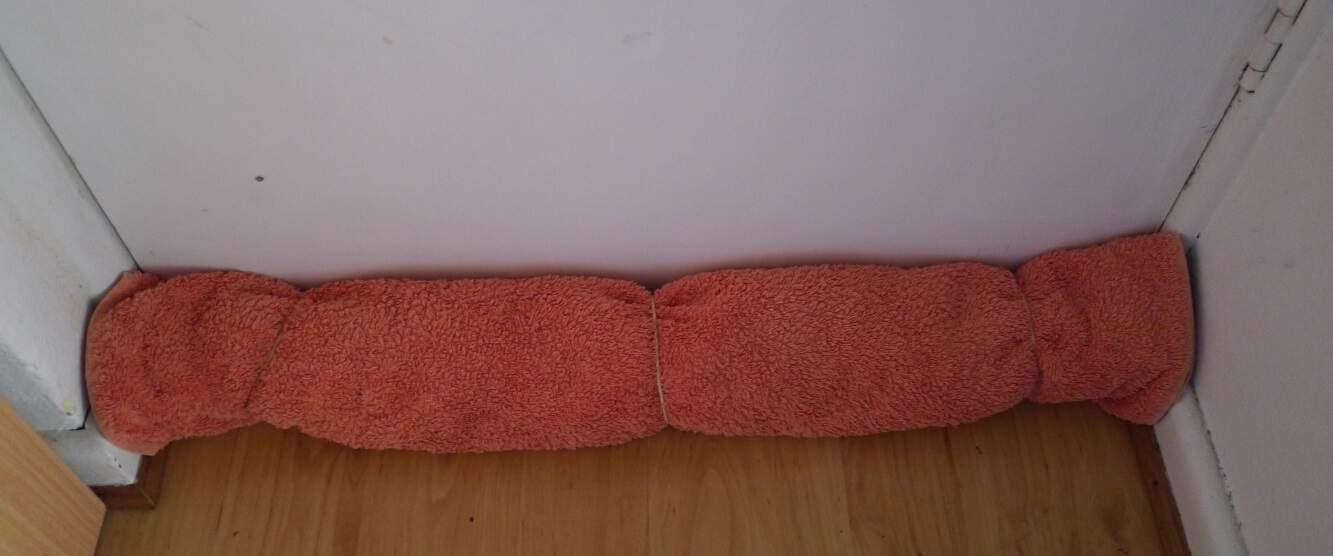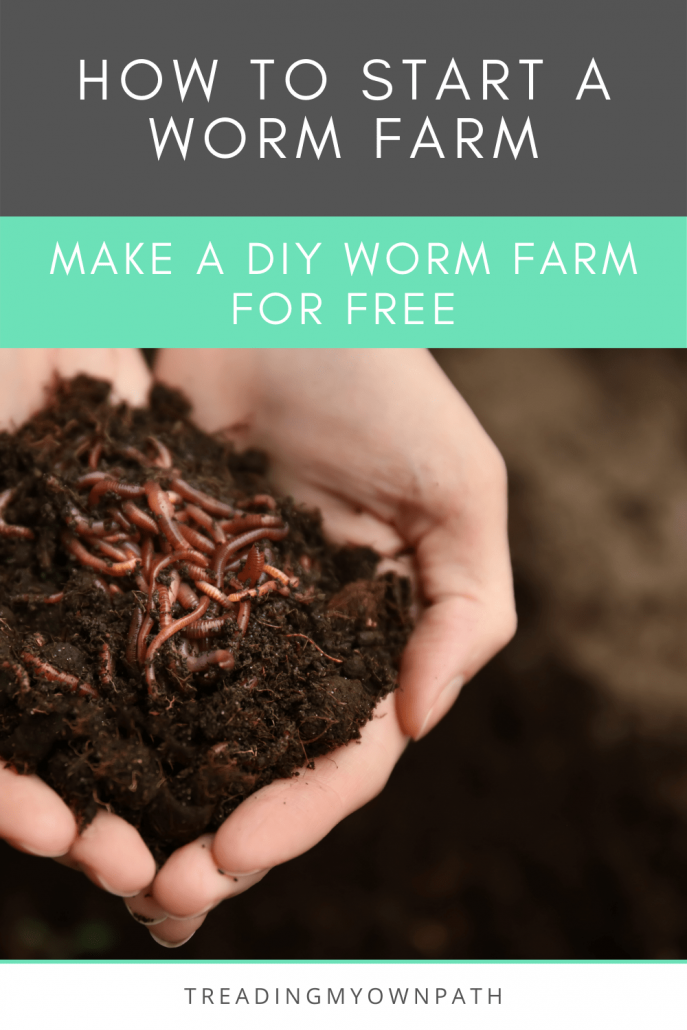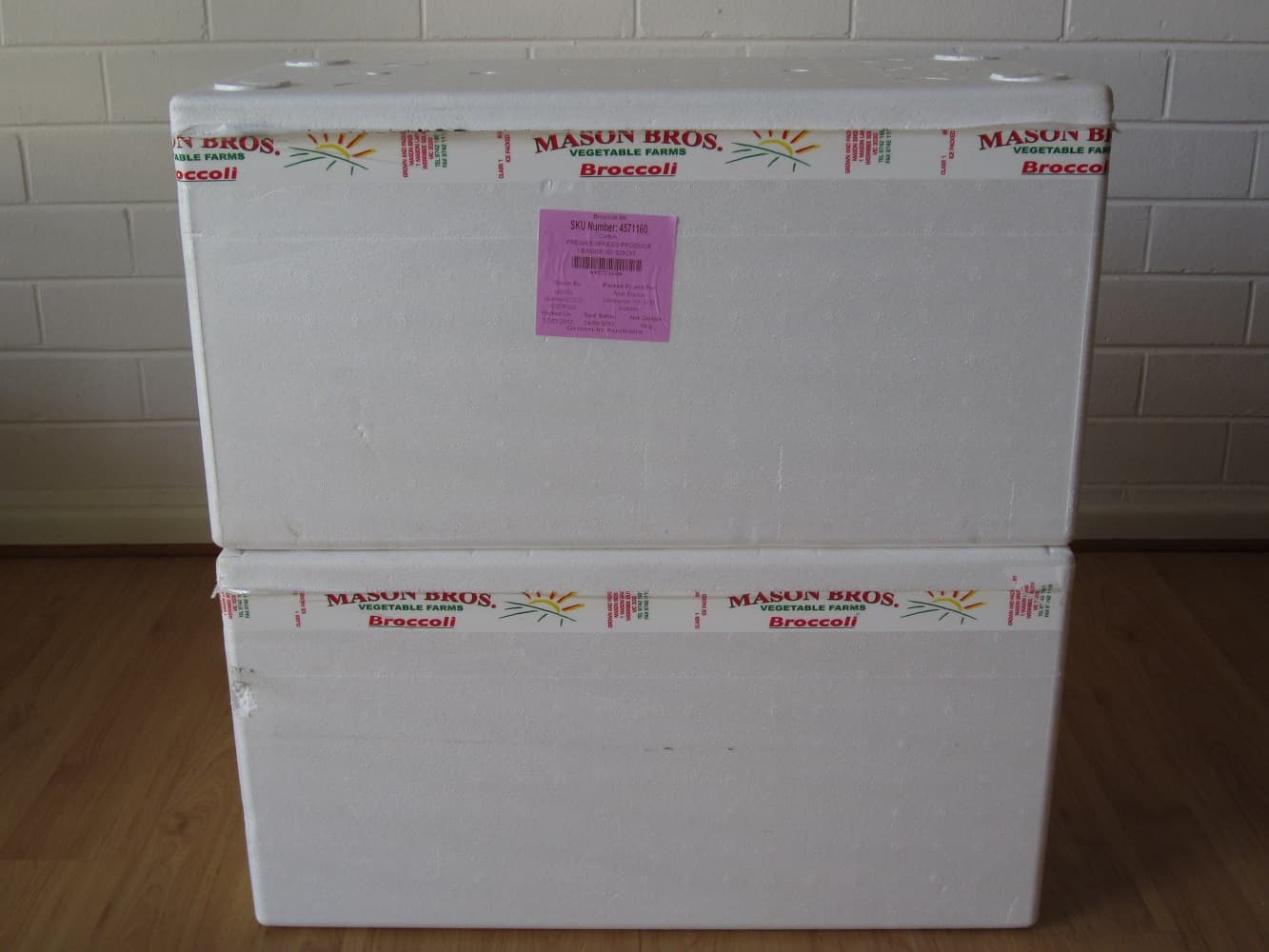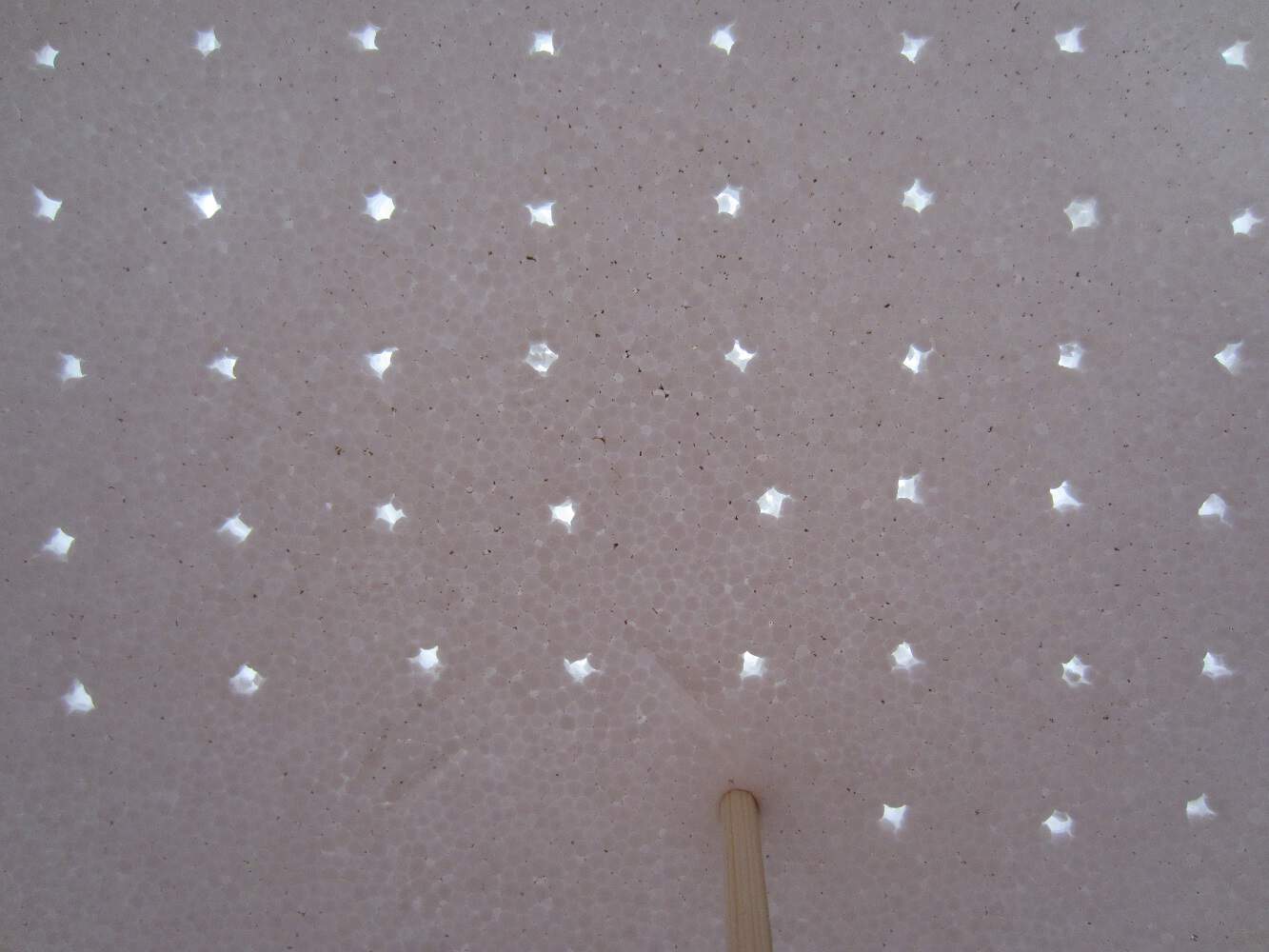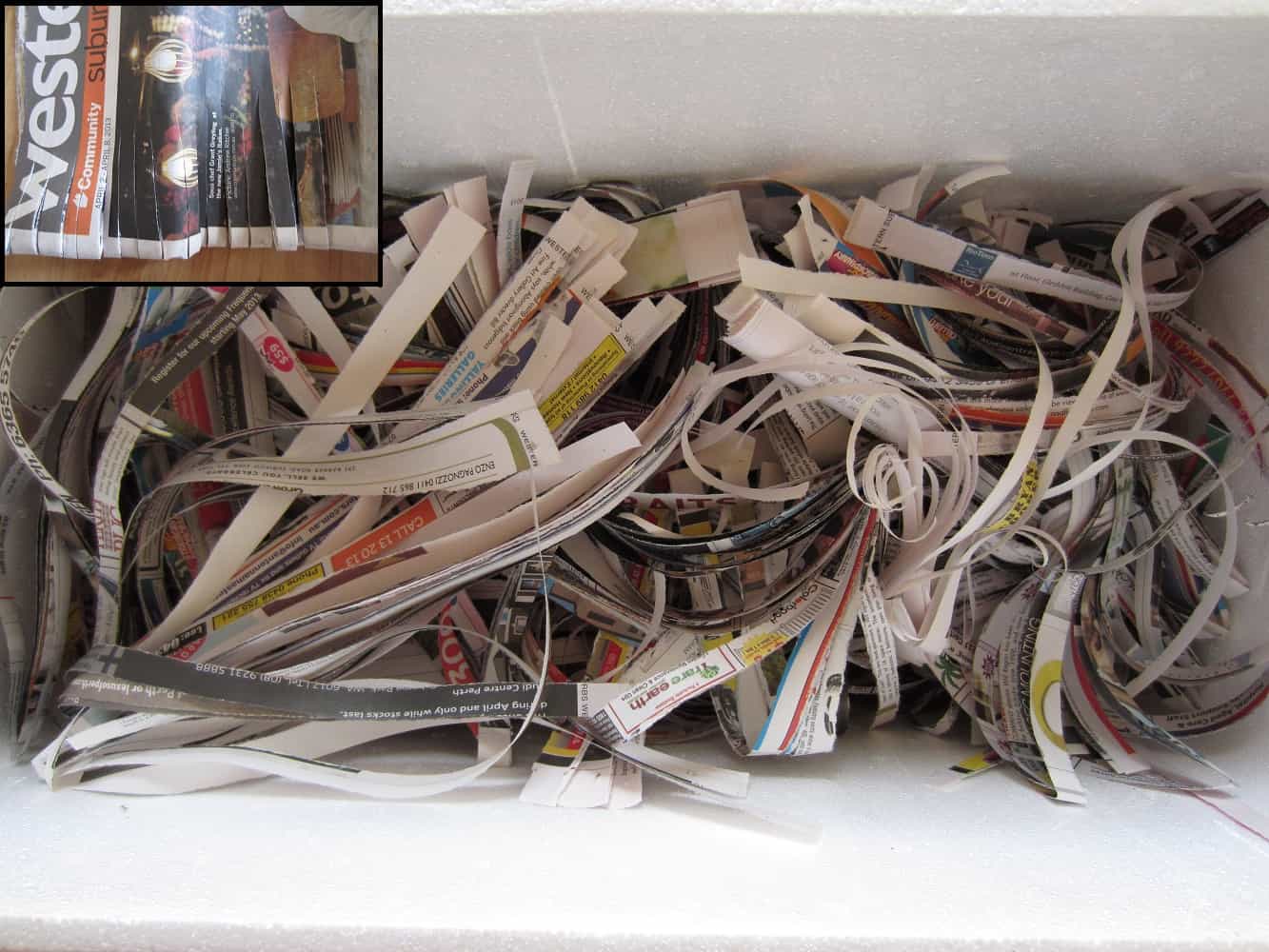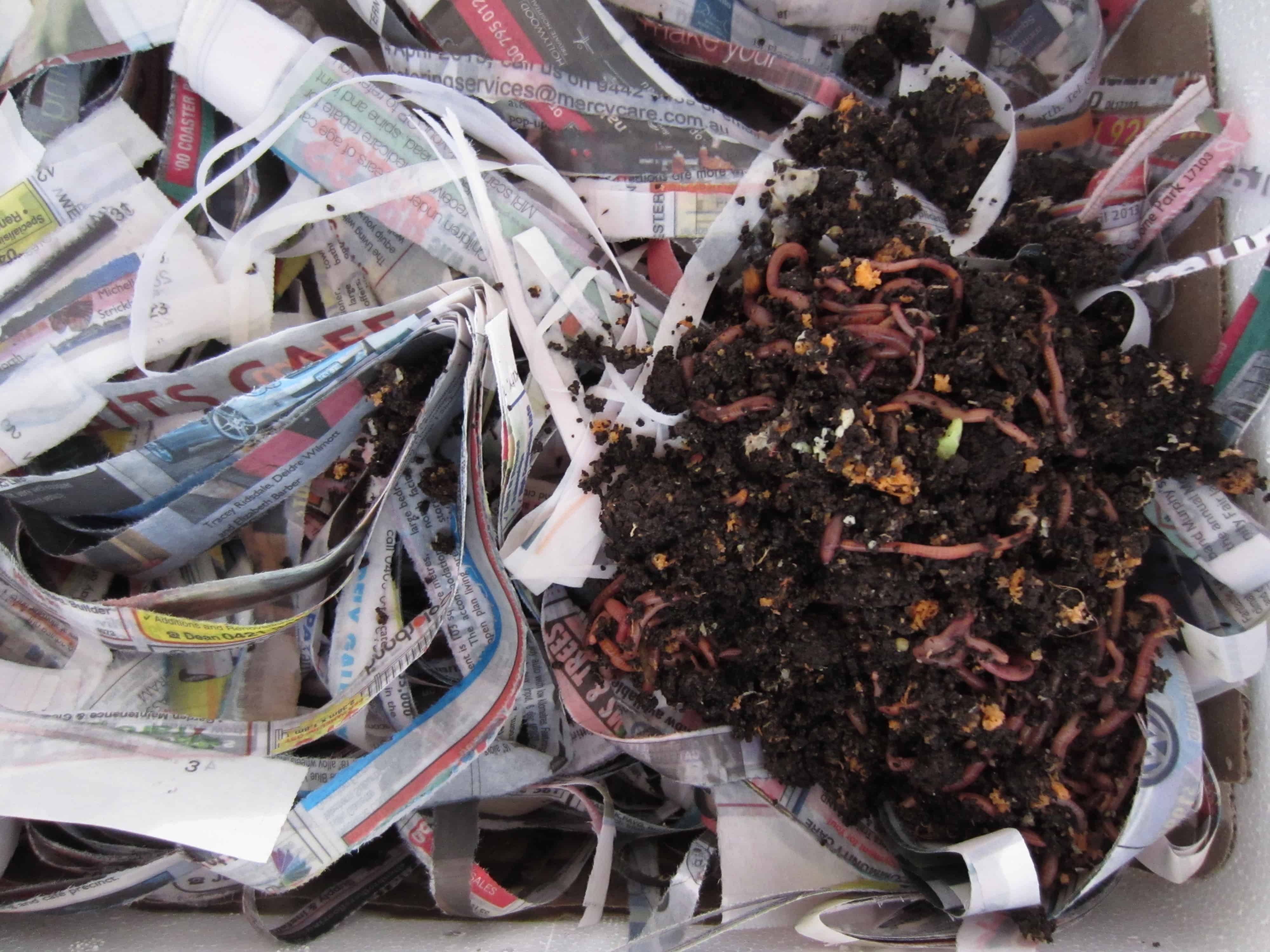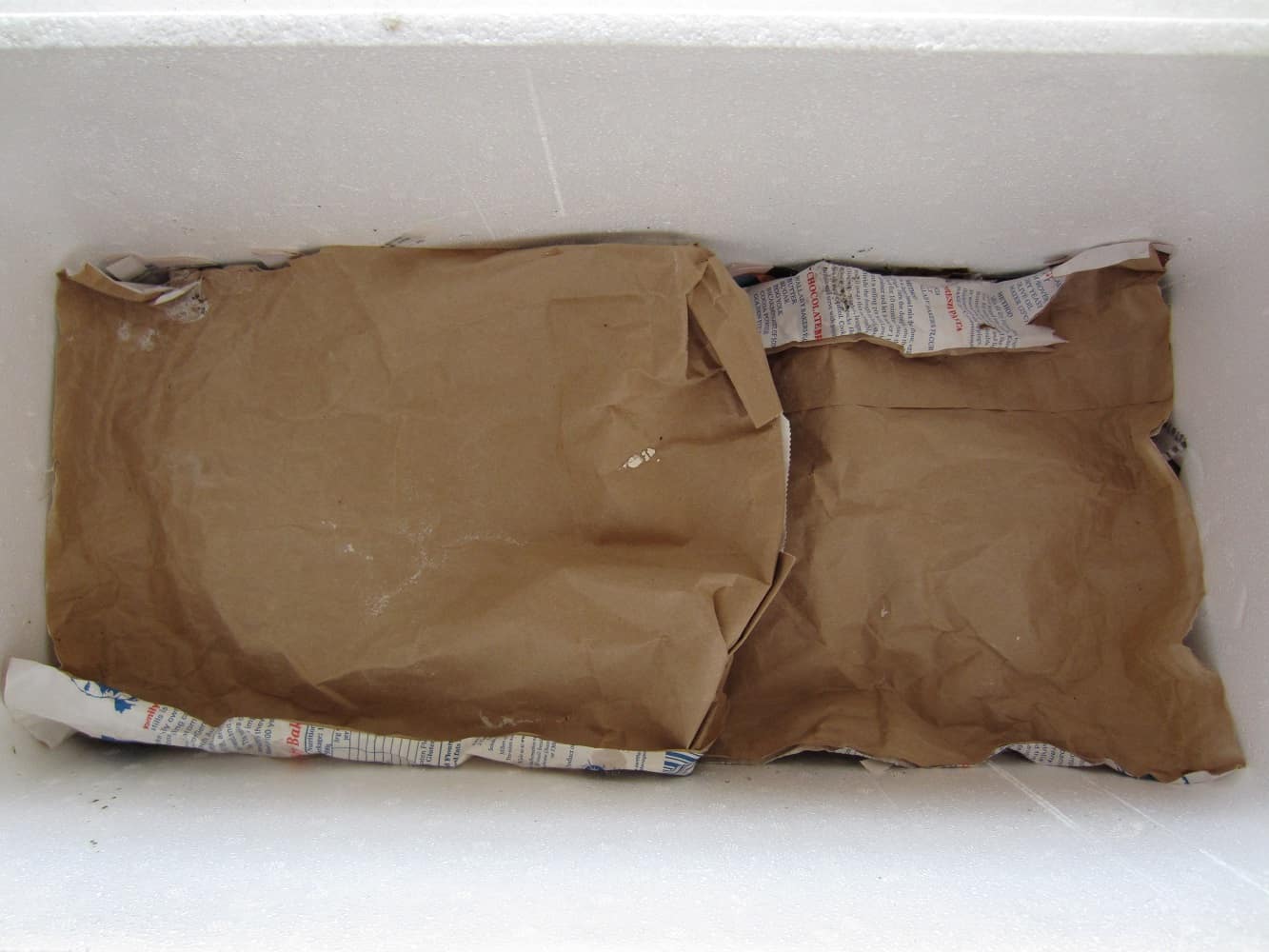My 100 Things Challenge
I’ve been feeling a little overwhelmed this week. It started with the washing. But it’s been a busy week too. I’ve had meetings, I’m currently participating in a course, I’m working with a couple of organisations on two different projects, I’m presenting next week on sustainable transport, all on top of all the regular stuff I need to do and all the things I want to do. I like to fill my time, get involved and keep busy, but then sometimes I stop and look at everything I’m planning to do, and I get that ‘whoah!‘ feeling where I don’t even know where to start.
And if my schedule is feeling cluttered, so is the physical place of my life, my tiny flat. I think, maybe, that when one aspect of your life is busy or cluttered you look for solace in the other parts. Well there’s no solace in the tiny flat! I talked a bit on Monday about how slowly I’ve been accumulating clothes, but it’s not just clothes. Yesterday we picked up our new sofa. It’s not actually new, but a bargain find from the Salvation Army charity shop, and we’d needed a new sofa since we sold the old one. (The old one had to go as it took up half the flat, literally, which I hadn’t realised when I bid on it on eBay because I didn’t actually bother to check the dimensions.) The new sofa allows us to seat people whilst leaving enough space in the tiny flat to fit in some storage so we no longer need to keep piles of things on the floor. Since losing the old sofa we got also got a set of drawers to put all the stuff in. Which is great…
Except the piles of stuff are still sitting around the place, or shoved in the drawers. They’ve not been sorted. I have that uneasy feeling that comes with not being entirely sure where any of your stuff is.
And the other thing that makes me uneasy, is this word ‘need’. We ‘needed’ the sofa. We ‘needed’ the drawers. We ‘needed’ the glass pyrex storage containers that I bought last week because we don’t have enough food storage. I feel like I’ve been spending like crazy and accumulating stuff, and when I look around the flat and in the cupboards I see too much stuff. It’s so easy to justify everything, to think it will make your life better, or easier. But all that stuff needs sorting, and tidying, and cleaning, and finding again when I’ve tidied it away and don’t remember where away actually is. And for all the new stuff that I ‘need’, there’s plenty of stuff that is no longer useful.
I love the idea of simplicity, but I am a natural hoarder. It’s a constant battle. I want to believe that those things will become useful again. Something has to tip me over the edge and push me into action. Well this week, that has happened. So whilst I’m still in the moment I’ve made a pledge. I’m going to get rid of 100 things.
I have no idea which 100 things. I have no idea if that’s a lot, or once I get started I’ll be able to get rid of 300 things. (Wouldn’t that be nice?!) All that stuff in the kitchen cupboards that I haven’t used since we moved in? That’s going. The clothes I haven’t worn since arriving in Australia? Out. The stuff in the bottom of the boxes that never got entirely emptied when we moved in? It’s not staying.
I’m going to give myself a month. And I’m putting it out here in a public forum because it should motivate me to actually go through with it! I’m hopeful that less clutter will mean a more positive environment, less stress, fewer chores (more time!) and more freedom.
Remember the film Fight Club? My friend and I were obsessed with it in school, particularly because of all the great quotes (there are many). Even now, I can remember many of them. I wanted to finish with one because I think it’s so true. It’s another reason to de-clutter your life.
“The things you own end up owning you.”
[leadpages_leadbox leadbox_id=1429a0746639c5] [/leadpages_leadbox]

